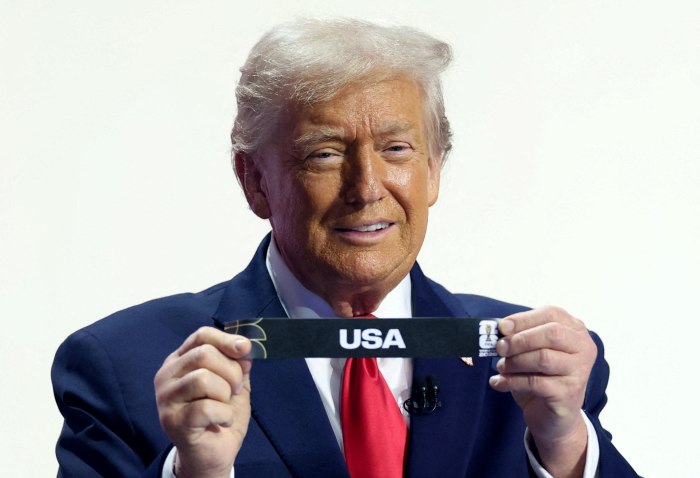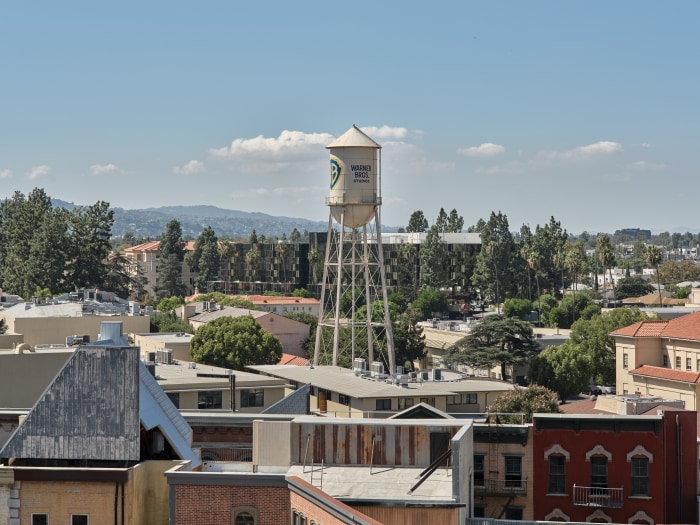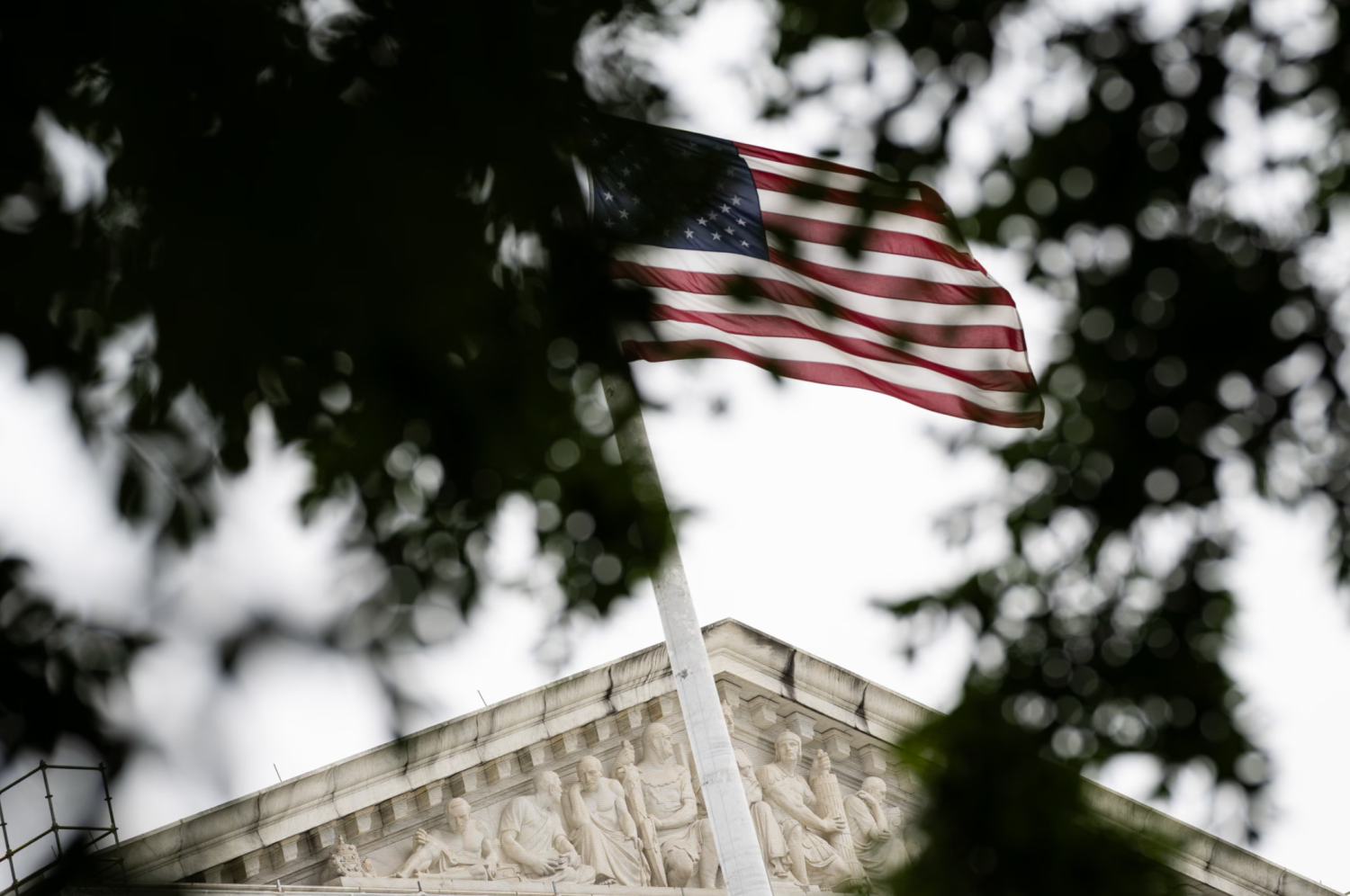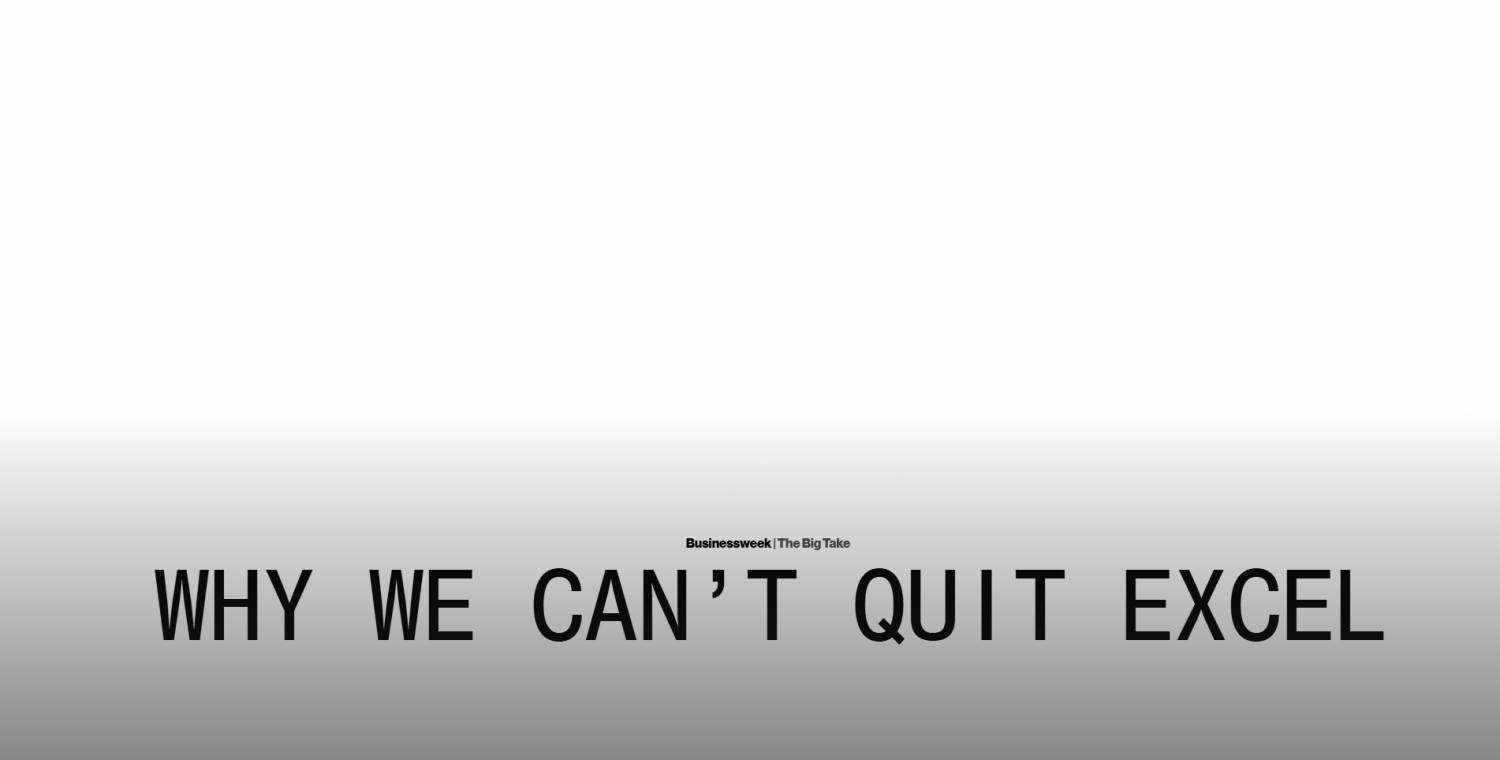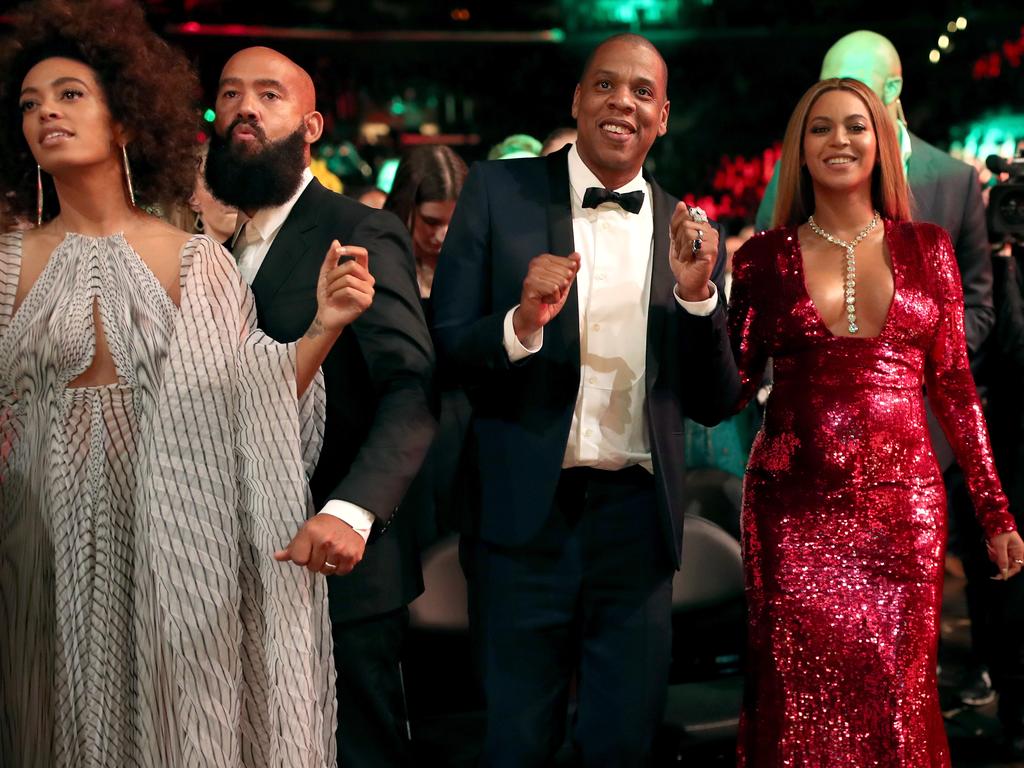
This article is more than
7 year oldJWST: Hubble 'successor' faces new delay
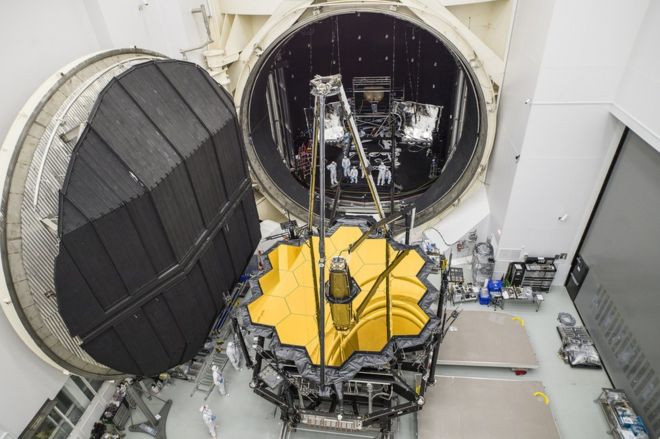
The James Webb Space Telescope is also in danger of busting the cost cap put on the project by the US Congress.
Back in 2011, politicians on Capitol Hill said the observatory should not take more than $8bn to build and $800m to operate over five years in orbit.
US space agency officials now say the construction bill could exceed the cap.
"To date, Nasa has invested $7.3bn in Webb; Webb's development costs are about $8bn total and the maximum allowable level established by law," explained Acting Nasa Administrator Robert Lightfoot.
"If we breach the $8bn cost laid out in the Congressional appropriations, the project will need to be re-authorised by Congress."
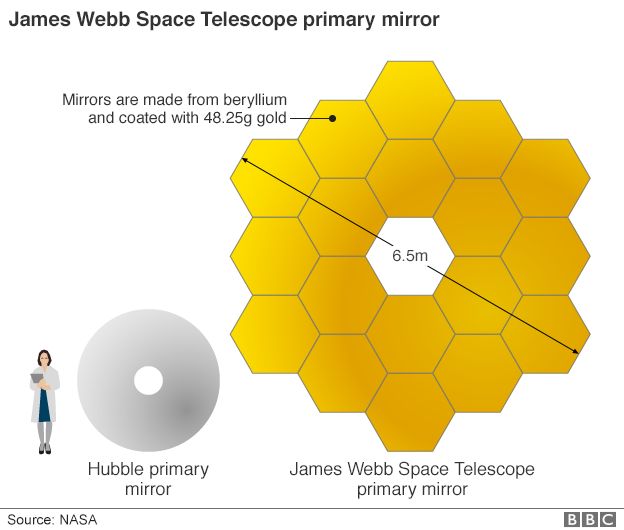
JWST is a joint venture between the American space agency and its European and Canadian counterparts.
When it eventually goes into space, it will search for the very first stars to shine in the Universe.
To achieve this ambition, it will deploy a 6.5m-wide mirror, giving the observatory roughly seven times the light-collecting area of Hubble.
Allied to instruments that are sensitive in the infrared, Webb will be tuned to detect the faint, "stretched" glow of objects that originally shone more than 13.5 billion years ago.
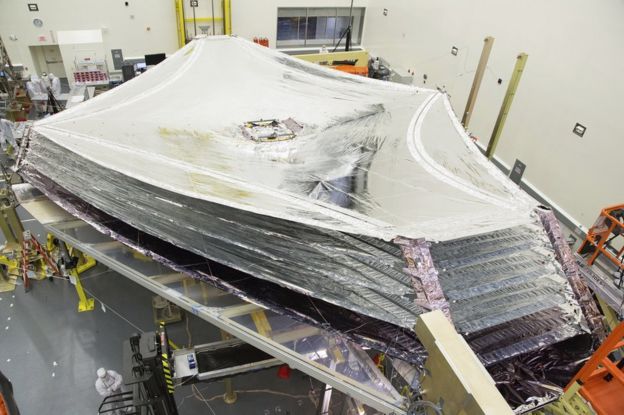
Preparation of the multi-layered shield is consuming a lot of time
For several years, JWST had maintained a development track that would have seen it launch in October 2018. But then late last year, Nasa announced that it was pushing back the lift-off from the European spaceport in French Guiana to between March and June 2019.
Officials cited the extra time engineers needed to complete integration of the observatory's components and then test them. In particular, additional margin was required to get the tennis court-sized sun-shield ready for flight.
Nasa stresses that all hardware has been fabricated; it is now just a question of joining the mirrors and instruments to the spacecraft bus and sunshield - and then testing the two parts as one.
The US Government Accountability Office regularly reviews the project and recently remarked that it thought a spring launch in 2019 was optimistic.
Tuesday's announcement bears out that assessment.
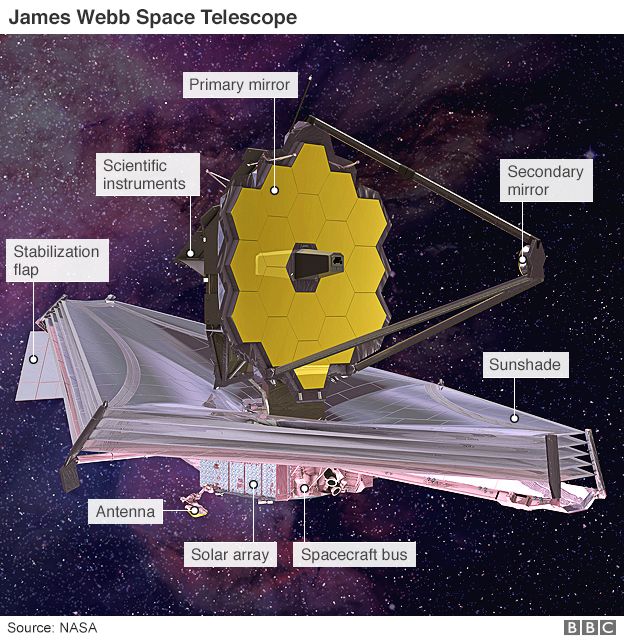
An independent panel will now review matters providing information to the space agency it can then forward to Congress.
Nasa's science director Thomas Zurbuchen said the May 2020 date had a confidence level currently of about 70%.
"[We want] to learn how to implement the changes we need to without in any way adding risk to this mission," he said. "We have to focus on mission success as the highest imperative. Everything else has to be in support of that."
Astronomers fully expect JWST to be a revelation. Hubble is restricted in how deeply it can see in space - and therefore how far back in time it can see.
Its 2.4m-wide mirror cannot quite collect enough photons, and its instruments are not sensitive in just the right portion of the electromagnetic spectrum, to be able to probe the era of first star formation.
Hubble continues to make very valuable observations, however, and is expected to continue to do so well into the 2020s.
Even as it was being launched in 1990, scientists were planning what would come after. Before being officially approved, the Next Generation Space Telescope, as it was known back then, was thought likely to cost from $1bn to $3.5bn. Launch dates ranging from 2007 to 2011 were considered realistic.
Jonathan.Amos-INTERNET@bbc.co.uk and follow me on Twitter: @BBCAmos

